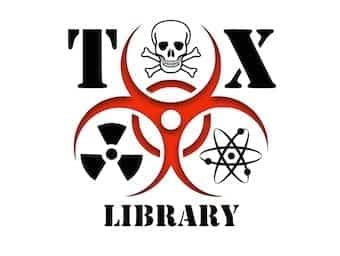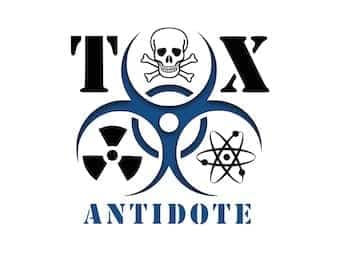
Acid base disorders and Osmolar Gaps
This is quick reference page to acid base disorders in toxicology and osmolar gaps. Zeff a toxicologist from Melbourne talks through his approach and the errors that can occur with osmolar and anion gaps.

This is quick reference page to acid base disorders in toxicology and osmolar gaps. Zeff a toxicologist from Melbourne talks through his approach and the errors that can occur with osmolar and anion gaps.

Clinical Toxicologist Nicholas Buckley is one of the biggest brains in the business. In his talk at SMACC he showed us how much there is to know about something so seemingly simple in ‘Paracetamol: More than meets the Eye’. This is a…

Dr Betty Chan, emergency physician and clinical toxicologist, discusses the DORA trial and digoxin toxicity - 1 or 2 amps of immune fab only, no maths required - and explains why less is more.

Methanol has a long history of causing toxicity. Famously in prohibition when bootleg alcohol or moonshine was produced, unfortunately this is still a problem today with local brews in countries with poor regulations. It is commonly known to cause blindness but it also can be lethal, particularly if the patient has deliberately ingested methanol with a suicidal intent.

Isopropanol (isopropyl alcohol) causes the same effects as ethanol but is more potent. Commonly found in hand sanitisers, disinfectants, solvents, window cleaners and perfumes. Classically it causes an elevated osmolar gap without an anion gap and the patient smells of acetone. Fortunately care is largely supportive.

Ethylene Glycol is lethal when >1 ml/kg is ingested therefore any deliberate ingestion need prompt intervention. Commonly found in radiator coolants, antifreeze (concentrations>20%), de-icing solutions, solvents and brake fluids. Unfortunately these products can taste sweet making them appealing to children.

We are all familiar with Ethanol and maybe some of us wouldn't have been conceived without it. However, in your tox patient it causes synergistic CNS depression and even on its own in large doses can be potentially lethal.

An essential co-factor in the synthesis of clotting factors II, VII, IX and X. It is used for the reversal of coumadin-induced coagulopathy.

Sugammadex is used for reversal of the amino steroid neuromuscular blocking drugs rocuronium, vecuronium and pancuronium. It does not work on non-amino steroid neuromuscular blocking drugs (atracurium, cisatracurium and suxamethonium).

Succimer (DMSA) is an orally active metal chelator is used to treat heavy metal poisoning. In adults Succimer is used for symptomatic lead poisoning or in patients who are asymptomatic with levels >60 micrograms/dL (>2.9 micro mol/L). In paediatrics it is used for symptomatic lead poisoning or in patients who are asymptomatic with levels >45 micrograms/dL (>2.17 micro mol/L).

Sodium Thiosulfate enhances the endogenous cyanide detoxification capacity of the body. It is suitable to use alone in the treatment of mild to moderately severe cases of cyanide poisoning but should be used in conjunction with other antidotes such as hydroxocobalamin in severe cyanide toxicity.

Hyperosmolar sodium bicarbonate solutions are widely used in clinical toxicology both as an antidote to drugs that impair fast sodium channel function and as an alkalinising agent to manipulate drug distribution and excretion (salicylate and phenobarbitone). It is also used in profound metabolic acidosis with cyanide, isoniazid and toxic alcohol toxicity.